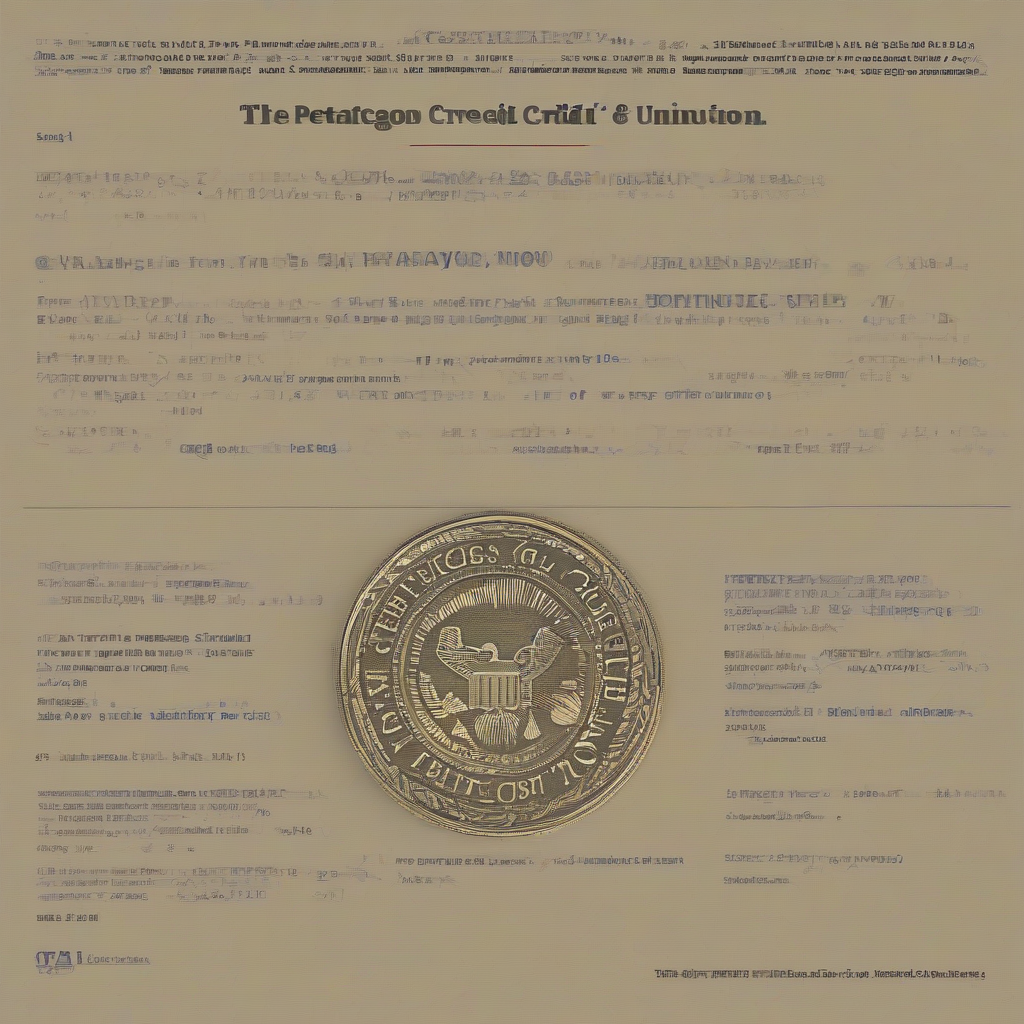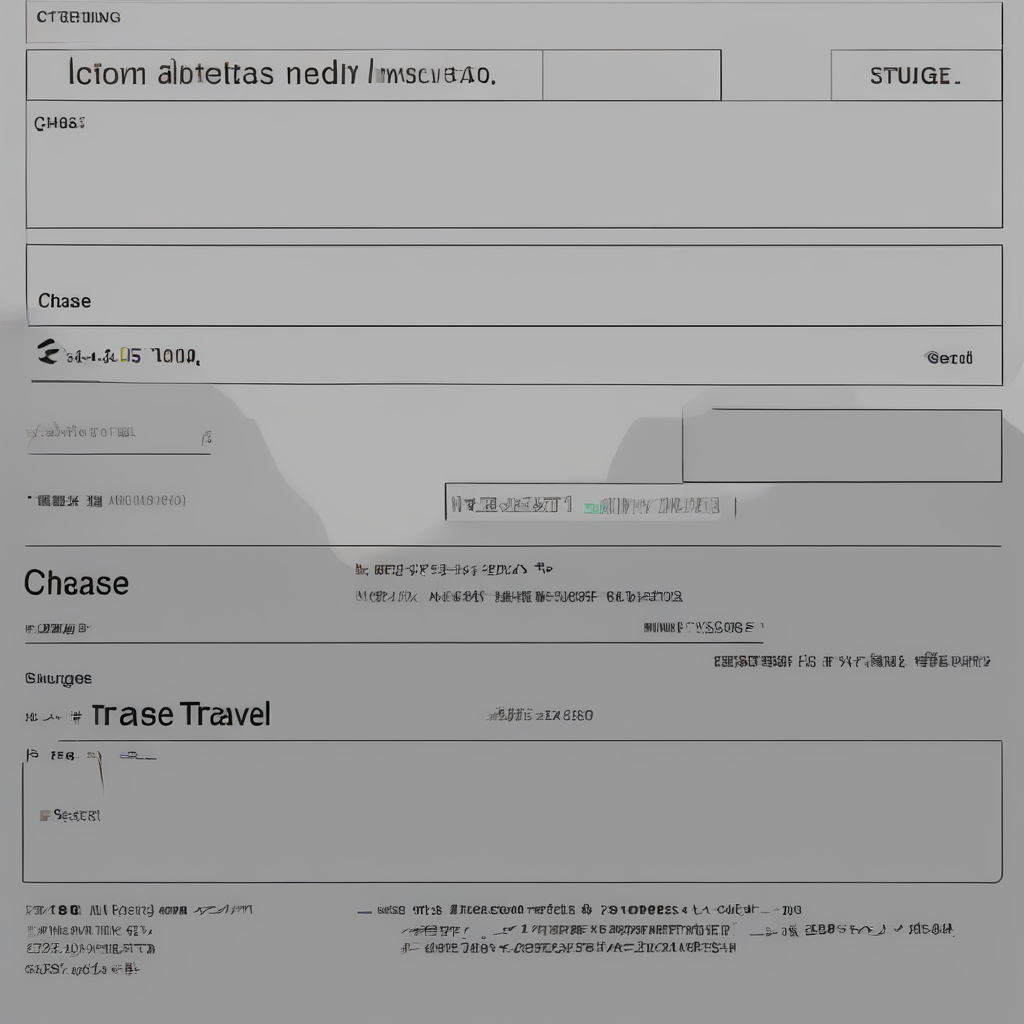ERP and MRP Systems: A Comprehensive Guide to Streamlining Your Business

ERP and MRP Systems: A Comprehensive Guide to Streamlining Your Business
What are ERP and MRP Systems?
In the intricate world of business operations, where efficiency and accuracy reign supreme, two powerful software systems have emerged as indispensable tools: Enterprise Resource Planning (ERP) and Material Requirements Planning (MRP). These systems play a pivotal role in streamlining various business processes, from supply chain management to financial reporting, ultimately enhancing overall organizational performance.
Let's delve into the specifics of each system:
Enterprise Resource Planning (ERP)
- Definition: ERP is a comprehensive software suite that integrates all aspects of a business's operations into a single system. It encompasses various modules, including finance, human resources, manufacturing, supply chain, customer relationship management (CRM), and more.
- Key Features:
- Centralized data management
- Real-time visibility across departments
- Automated processes and workflows
- Improved decision-making through comprehensive reporting and analytics
- Enhanced collaboration and communication
- Reduced costs and increased efficiency
- Benefits:
- Streamlined operations and reduced manual work
- Improved data accuracy and consistency
- Enhanced customer service and satisfaction
- Increased profitability and competitive advantage
- Greater agility and adaptability to market changes
Material Requirements Planning (MRP)
- Definition: MRP is a software system that focuses specifically on managing inventory and production planning. It calculates the precise quantities of materials and components needed to meet production demands, taking into account factors like lead times, current stock levels, and forecasted sales.
- Key Features:
- Inventory management and control
- Production planning and scheduling
- Material procurement and tracking
- Demand forecasting and capacity planning
- Optimized inventory levels and reduced stockouts
- Benefits:
- Reduced inventory costs and waste
- Improved production efficiency and throughput
- On-time delivery and customer satisfaction
- Enhanced planning and control over manufacturing processes
- Better utilization of resources and capacity
Relationship between ERP and MRP
While ERP systems are all-encompassing, MRP systems can be considered a subset or component of ERP. In essence, MRP is a crucial module within a comprehensive ERP solution. However, MRP systems can also operate independently as standalone solutions, particularly for businesses with specific needs in production planning and inventory management.
The key distinction lies in the scope: ERP systems encompass a broader range of business functions, while MRP focuses on specific production-related aspects. Nevertheless, both systems strive to achieve a common goal: optimizing business operations, enhancing efficiency, and improving overall performance.
Benefits of Implementing ERP and MRP Systems
Implementing ERP and MRP systems brings numerous benefits to businesses, regardless of their size or industry. Here are some of the key advantages:
Improved Efficiency and Productivity
- Automated processes: Both ERP and MRP systems automate repetitive tasks, freeing up employees for more strategic activities.
- Streamlined workflows: By integrating processes and data, these systems eliminate redundancies and bottlenecks, resulting in faster turnaround times and increased productivity.
- Real-time visibility: Access to real-time data across departments enables businesses to make informed decisions and respond quickly to changes.
Enhanced Decision-Making
- Data-driven insights: ERP and MRP systems provide comprehensive reports and analytics that offer valuable insights into business performance, enabling better decision-making.
- Predictive capabilities: Forecasting tools within these systems help businesses anticipate demand, plan for future needs, and mitigate risks.
- Improved resource allocation: By analyzing data on resource utilization, businesses can optimize resource allocation and minimize waste.
Cost Reduction and Savings
- Inventory optimization: MRP systems minimize inventory levels, reducing storage costs and waste.
- Reduced operational expenses: By automating tasks and streamlining processes, businesses can significantly reduce labor costs and overhead.
- Improved efficiency: Increased productivity and optimized resource utilization contribute to lower production costs.
Enhanced Customer Satisfaction
- On-time delivery: Improved production planning and inventory management ensure timely delivery of products and services.
- Improved customer service: Real-time visibility into customer orders and interactions enables businesses to provide faster and more responsive service.
- Increased product quality: Better control over production processes and supply chains helps maintain product quality and consistency.
Increased Competitiveness
- Agility and adaptability: ERP and MRP systems allow businesses to respond quickly to market changes and adjust their operations accordingly.
- Improved decision-making: Data-driven insights enable businesses to make strategic decisions that enhance their competitiveness.
- Cost savings and efficiency: Reduced costs and increased efficiency provide businesses with a competitive advantage.
Choosing the Right ERP and MRP Systems
Selecting the right ERP and MRP systems is crucial for successful implementation. Businesses should consider various factors, including:
Business Needs and Requirements
- Industry: Specific industries have unique requirements, so it's essential to choose systems tailored to your industry.
- Business size: Different systems are designed for businesses of varying sizes, so consider your company's current and future needs.
- Specific processes: Identify the specific processes you want to automate or improve with the system.
- Integration with existing systems: Ensure the chosen system seamlessly integrates with your existing software and hardware.
Budget and Cost Considerations
- Software licensing: ERP and MRP systems come with various licensing models, including subscription-based and perpetual licenses. Choose a model that aligns with your budget and long-term goals.
- Implementation costs: Factor in implementation costs, which include training, customization, and data migration.
- Ongoing maintenance and support: Account for ongoing costs related to maintenance, updates, and technical support.
Vendor Reputation and Support
- Experience and expertise: Select a vendor with proven experience and expertise in your industry.
- Customer support: Ensure the vendor offers responsive and reliable customer support, including documentation, online resources, and technical assistance.
- Implementation services: Look for vendors that provide comprehensive implementation services, including project management, training, and data migration.
Conclusion
ERP and MRP systems are powerful tools that can significantly streamline business operations, improve efficiency, and enhance decision-making. By carefully selecting the right systems and implementing them effectively, businesses can unlock their full potential and gain a competitive advantage in today's rapidly changing marketplace. As technology continues to advance, these systems will undoubtedly play an even greater role in shaping the future of business.
What's Your Reaction?

















